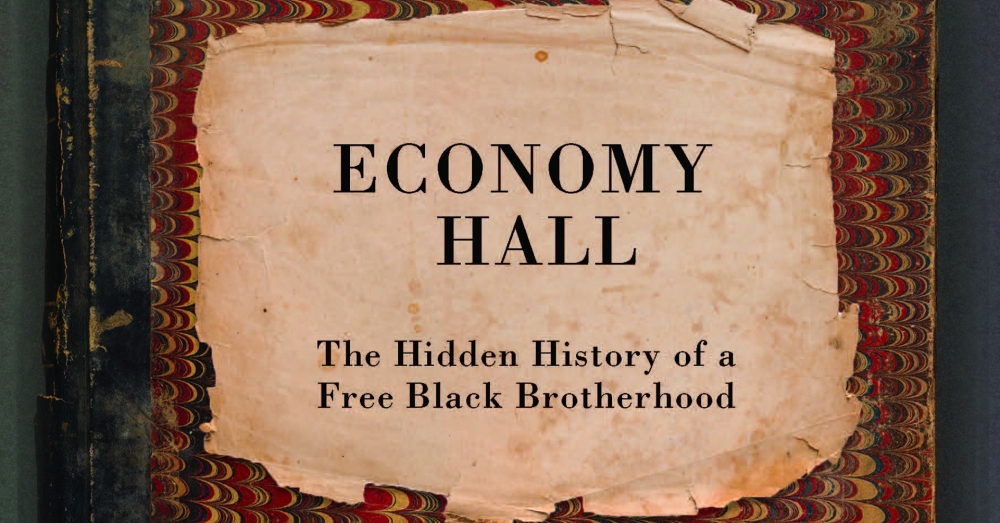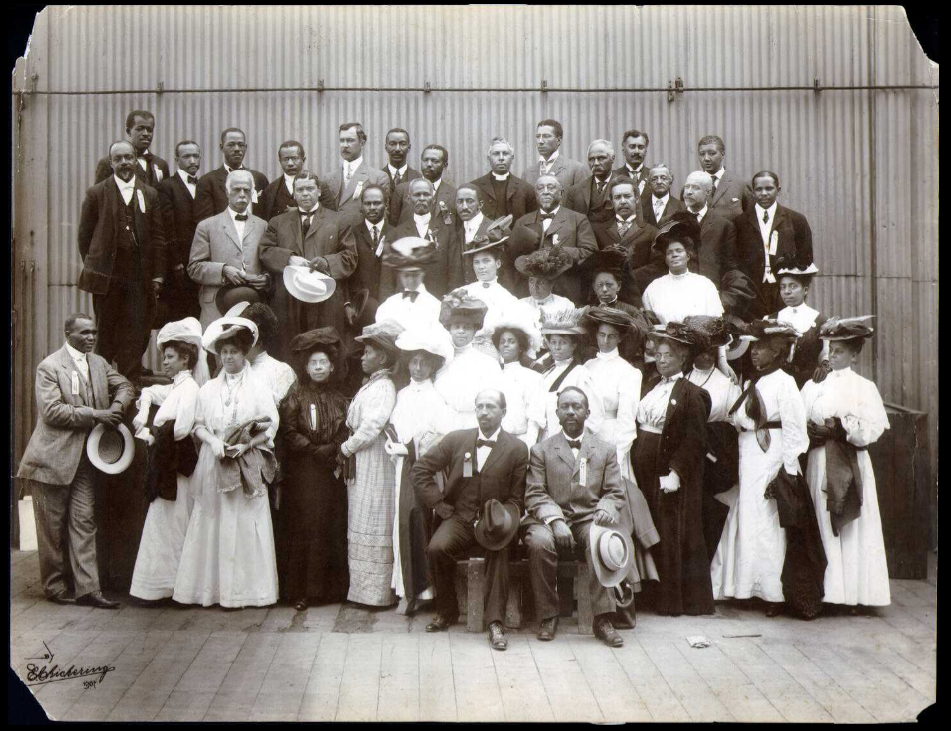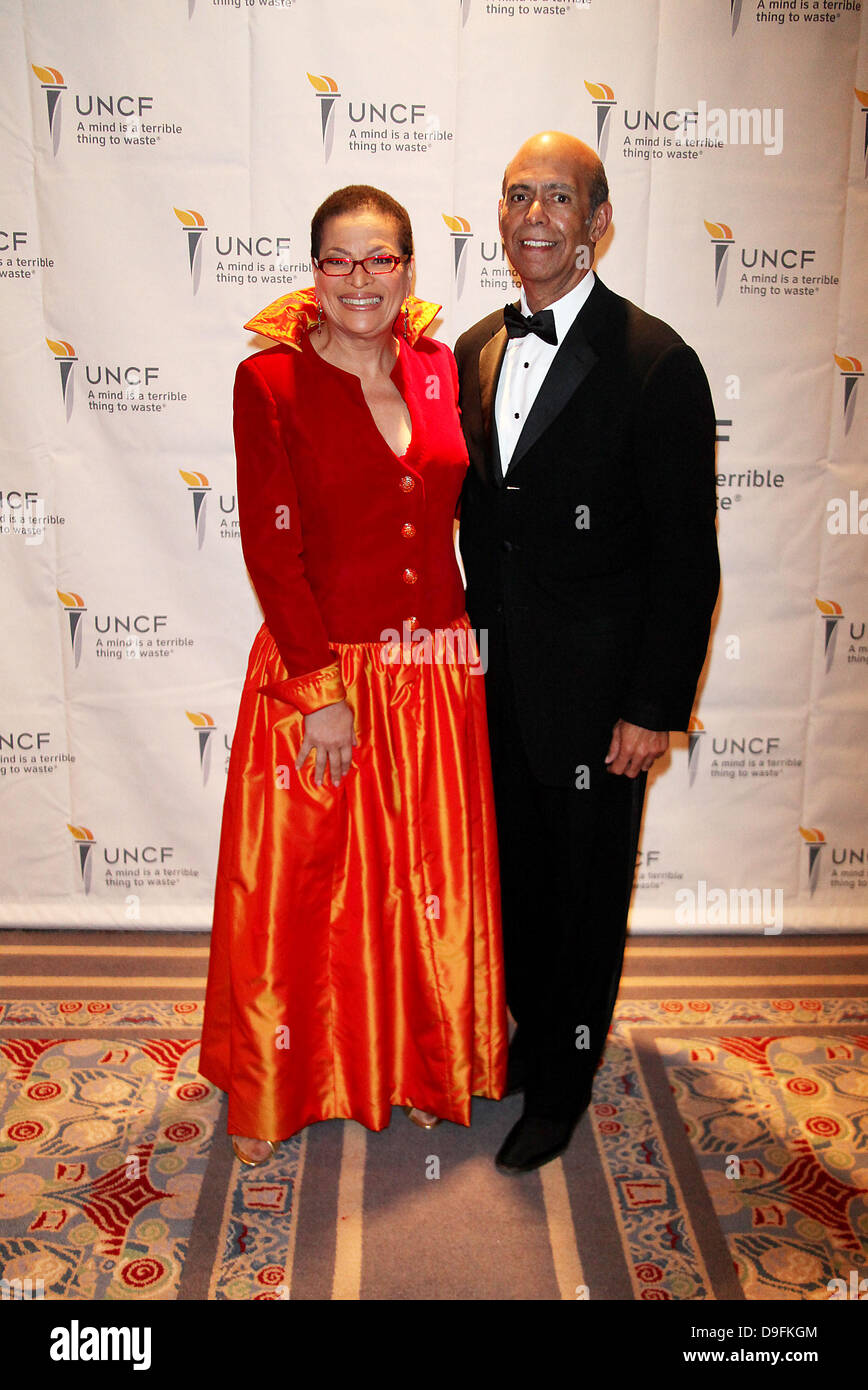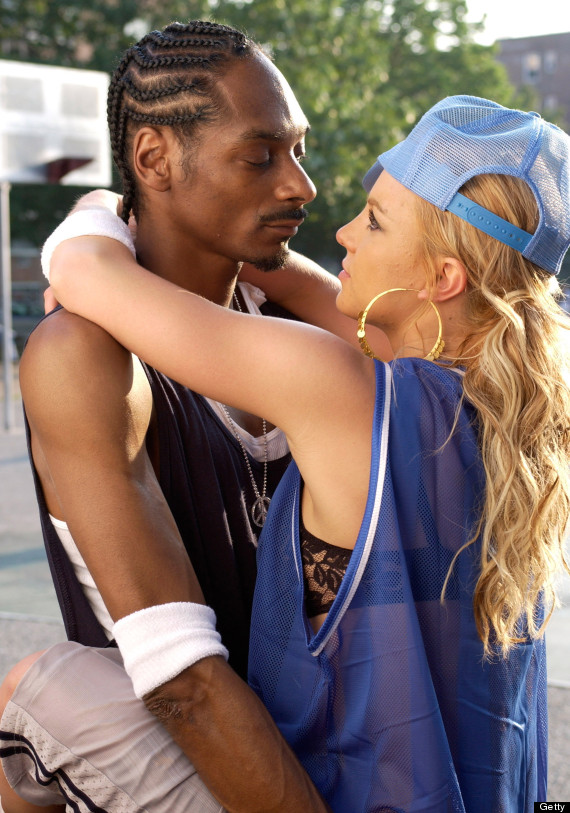..other Daniel P Murray branches:

@IllmaticDelta I've never heard of this American Negro Academy. Have you?
..other Daniel P Murray branches:

@IllmaticDelta I've never heard of this American Negro Academy. Have you?






When Mr. Graves passed away recently, we posted an article about the late Mr. John H. Johnson. He openly admitted to throwing shade and trying to sabotage Black Enterprise magazine to advertisers, and that Graves never responded in kind or badmouthed him. Johnson conceded that he had great admiration for how Graves carried himself and that they eventually spoke and made peace.
They are standing together in a group photo in this magazine,( during the height of the "feud") and Earl Graves' face says everything.



I'm quite amazed at the number of social, civic, and professional organisations that were around at one point.
Although Patrick's journal covered many national organizations, many of those spotlighted were still very regional to the northeast or local to the NYC metro.
Didn't see mentioned organizations like the Drifters, the Northeasterners, the Moles, the Contempos, the Carousels, the Frogs, the Druids, the Royal Coterie of Snakes, the Assembly. Man it's a lot and every city got their own organizations. It would be interesting if someone was tracking all these organisations and their philanthropic endeavors. I've mentioned to you before that website BlackGivesBack but it's now defunct.
BEFORE (1986)

2 pages, story starts a center of first page
Mr. Johnson proved that there were no hard feelings by putting him on the cover (1990), proving that Earl Graves actually existed ..hehehe

AFTER (2003)


You could say this about Dubios with his fair skinned associates and talented tenth.
nope...."talented tenth" doesn't mean light skinned...people have to stop perpetuating this myth.
Do yall really know what his friends/talented tenth looked like?



where did all these dark skinned negro elites around Dubois come from?

The first cousin to Valerie's mother, and graddaughter of Robert Robinson Taylor, is Ann Dibble Cook Jordan, who's own influence rivals that of Valerie herself. A graduate of Vassar and the University of Chicago, she became the Director of Social Services at the University of Chicago Medical School. She now serves as Trustee Emeritus for the University of Chicago and have sat on the following boards.
Revlon, Inc.
Johnson & Johnson
The University of Chicago
Citigroup Inc.
The Brookings Institution
Citigroup Finance Canada ULC
Allied Security Holdings LLC
Catalyst Inc.
Ann's first husband was Mercer Cook. He was the son of a prominent Washingtonian family. His great grandfather was John Hartwell Cook, a graduate of Oberlin College, and the first Dean of Howard Law School. His father, W. Mercer Cook, served as the Ambassador to Nigeria and Senegal.
Mercer Cook | The HistoryMakers

Ann is currently married to Vernon Jordan, who was apparently a small fry until he married into her family. Vernon was a close friend to President Bill Clinton, where he served as top advisor under Clinton's administration. And is suppesdly the one that took care of the Monica Lewinsky situation.
Jordan was the Director of the National Urban League and previously had ties to top Wall Street law firms and investment banking firm (Lazard). He's been the only black man invited on multiple occasions to the Bildeberg Conference. He has the reputation of being one of the most powerful men in Washington.
Here's an article written on Ann Dibble's influence:
THE WOMAN BEHIND THE CURTAIN



.turns out her husband was connected to another Cook line in Washington DC:
The black Creole heritage of St. Martin Parish reaches back to its earliest settlement.
African people came here with the first of the European settlers. The huge sugar plantations that made the region prosperous were built not only upon their labor but, in many instances, upon the expertise in growing cane and making sugar that people of color brought with them from the French sugar islands of the Caribbean.
After the Civil War, black leaders began to make their marks on local history. Local leaders mentioned in Charles Vincent’s “Black Legislators in Louisiana During Reconstruction” include L. A. Martinet, Alexander E. Francois, and Victor Rochon.
Martinet and Rochon were representatives in the state senate in the 1872 session who “were interested in education and attended ... law school when the legislature was not in session.”
Rochon was a St. Martinville businessman and was postmaster for a time.

.Etnah Rochon Boutte (1880 — March 9, 1973) was an American educator, pharmacist, and clubwoman. She taught French at Fisk University and in New York City. She was executive secretary of the Circle for Negro War Relief during World War I.
Early life
Etnah R. Rochon was from St. Martin Parish, Louisiana,[1] the daughter of Victor Narcisse Rochon and Kate Rochon. Her mother was a teacher, and her father was a member of the Louisiana legislature during Reconstruction. She had three older sisters, including Althea Rochon, who went overseas as a YMCA worker during World War I.[2][3] Another older sister, Beatrice Frances Rochon, married architect Robert Robinson Taylor;[4] Former government official Valerie Jarrett is the great-granddaughter of Beatrice Rochon Taylor.[5]
Education
Boutte attended Fisk University, but left during her senior year in 1917 to do war work. In 1927 she petitioned for her degree, with a letter of support from W. E. B. Du Bois.[7] After the war, in 1923, she earned a pharmacy degree, and a bachelor's degree in education and professional diploma in French (including a semester of study in Paris),[8] all from Columbia University.[9][10][11][12] At the 1928 commencement exercises at Fisk, John D. Rockefeller Jr. presented Boutte with her belated degree, saying, "Here is a young woman who has a bachelor of science degree from Columbia and a master of arts degree from Columbia and the University of Paris, but she comes back to Fisk for her bachelor of arts degree, prizing it above all the others."[13]
Education work
Boutte was a school teacher in Opelousas, Louisiana,[14] and was a teacher educator in summer training programs.[1][15] She taught French at Fisk University in Nashville, Tennessee.[16][17] She taught French at New York's 137th Street YWCA in 1925,[18] and opened her own school of French in Harlem in 1930.[19]
Wartime work
During World War I, while her husband was overseas as a member of John J. Pershing's staff,[22] Boutte was executive secretary of the Circle for Negro War Relief, a national fundraising effort organized in New York City.[23][24] During World War II she chaired the Manhattan chapter of the Free French Relief Committee.[25]
Community and health advocacy
In 1922, Boutte was one of the sixteen women who founded the NAACP fundraising effort the Anti-Lynching Crusaders, in Newark, New Jersey, with Mary Burnett Talbert as director.[26] In 1927 she was on the committee of the Emma Ransom House at the 137th Street YWCA.[27] She was president of the New York Chapter of the National Council of Negro Women in 1944 and 1945.[28][29]
Boutte's Pharmacy
Boutte ran a pharmacy with her husband in New York for decades. In 1958 she survived an armed robbery while she was alone in the store.[35]

Alvin J. Boutte, Sr., was born in Lake Charles, Louisiana, on October 10, 1929. Boutte attended Xavier University in New Orleans, earning his B.S. degree in 1951.
Two years after leaving Xavier, Boutte became president and owner of Independent Drug Stores. In 1964, Boutte co-founded Independence Bank in Chicago where he began serving as vice chairman; in 1970, he became the CEO and chairman of the bank. That same year, Boutte was named CEO of Drexel National Bank, and both institutions were put under the umbrella of Indecorp, the largest African American-owned financial institution in the United States. With Boutte serving as CEO of both banks, he was also appointed president and CEO of Indecorp; he remained in this role until his retirement in 1995.
Boutte served on the boards of directors of other organizations, including twenty years on the board of Chicago Metropolitan Insurance Company; twenty-three years on the board of Johnson Products; and eleven years with Midway Airlines. Boutte also served as president of the Small Business Administration, and was a member of the Chicago Board of Education. The Chicago Urban League named Boutte its Man of the Year in 1971, as did the Chicago Economic Development Corporation. Black Enterprise honored him in 1990 for his commitment to African American business and economic growth. Longtime residents of Chicago, Boutte and his wife, Barbara, raised four children.

Broadcast Journalist Suzanne Malveaux was born December 4, 1966 in Lansing, Michigan to Floyd J. and Myrna Maria Ruiz Malveaux. Her father was a Ph.D. student at the time of her birth and went on to become a prominent physician and professor. Her mother was an early childhood educator. Malveaux cites her parents’ leadership and guidance as key factors in her success in elementary school. She received her B.A. degree in sociology from Harvard University and her M.A. degree in journalism from the Columbia University Graduate School of Journalism. Between her time at Harvard and Columbia, she spent time as an intern in Africa, doing documentary work in Kenya and Egypt where she lived.
Malveaux’s work at the New England Cable News Network earned her an Emmy award and contributed to the station’s “Best Newscast in Boston” award. Her role in CNN’s coverage of events such as Hurricane Katrina and the Southeast Asia Tsunami disaster helped earn the network both a Peabody Award and an Alfred I. DuPont Award. In 2004, the National Black MBA Association awarded her Communicator of the Year. She was named one of “America’s Most Powerful Players Under 40” by Black Enterprise magazine in 2005 and Journalist of the Year by Essence magazine in 2009. In 2011, Malveaux was promoted to anchor of CNN Newsroom. Throughout her career, Malveaux has traveled the world and interviewed all five living U.S. presidents.
Simon Favre (May 31, 1760 – July 3, 1813) was an interpreter of the Muskogean languages, particularly Choctaw and Chickasaw, for the French, British, Spanish and Americans in the part of West Florida that became part of the states of Mississippi and Alabama. The son of another prominent interpreter, Favre spent the late 18th century in the vicinity of Mobile and the Tombigbee River, which changed hands from French to British, and then Spanish control. He became well versed in the language and culture of the Choctaws, and was involved with several treaties between the Europeans and natives.
As the power of the Choctaws diminished, Favre became less important as an interpreter, and more important as a facilitator of the political changes occurring along the Gulf Coast. Once the Louisiana Purchase was concluded between France and the United States, American settlers from both inside and outside Spanish West Florida increased pressure on Spain for American control of the territory. While the transfer did not officially take place until 1821, the Spanish essentially put Florida under the trust of the United States in 1810, and Favre played a major role in facilitating the transfer, and keeping the Indians informed of the events. Favre was considered the top interpreter in the region by men of prominence, including Governor William C. C. Claiborne of Louisiana who made Favre a justice of the peace, and recommended him for the position of United States agent to the Choctaws. A "talk" that Favre gave to the Choctaws on the eve of the War of 1812 was touted by historian Russell Guerin as a masterpiece of diplomacy, and displayed Favre's deep understanding of the native language and culture.
Favre died in 1813, leaving many minor children and a substantial estate of more than 5000 acres of land and 57 slaves. He had 13 known children with three different women, and leaves numerous descendants. Simon Favre's associations with property owners and prominent officials demonstrate that he was a person of very high social standing.[1]


Floyd J. Malveaux, M.D., Ph.D. Born on Jan. 11, 1940, and raised in southwest Louisiana, Dr. Malveaux was inspired by his mother, a math and science teacher. His father, a laborer, likewise supported his son's aspirations for higher education.
After earning his Ph.D. from Michigan State University in 1968, Dr. Malveaux became an assistant professor of microbiology at Howard University College of Medicine (HUCM). By 1970, he decided that in addition to educating medical students, he wanted to add a clinical component to his research. He earned his medical degree at Howard University College of Medicine in 1974 while continuing to teach and advise graduate students.
Dr. Malveaux honored the University by serving in several administrative roles across the University enterprise, including chair of the microbiology department, emeritus dean of Howard University College of Medicine, interim vice president for health affairs and vice provost for health affairs.
In the spring of 2001, Dr. Malveaux oversaw the establishment of the National Human Genome Center at Howard University, the only such research center at a predominately black school. The center focuses on genetic variations and their relationships to the causes, preventions and treatments of disease among African Americans.
A nationally recognized expert on asthma and allergies, Dr. Malveaux, who personally suffered with childhood asthma, worked extensively to address health disparities and improve the quality of health care and health outcomes, especially among low-income, urban and underserved populations. He crowned a trailblazing career as a physician, educator and public health servant with the establishment of The Floyd J. Malveaux, M.D., Ph.D. Endowed Chair in Public Health.
“Howard University has a rich history of advancing civil rights, social justice and improving healthcare for all. It stands as a beacon of hope,” said Dr. Malveaux. He was a champion of Howard University and of interprofessional approaches to addressing health concerns faced by the African American community. The Floyd J. Malveaux, M.D., Ph.D. Endowed Chair in Public Health and the faculty members who hold this position embody Dr. Malveaux’s sustained commitment to teaching, service and research in the field.

Suzette M. Malveaux (born December 4, 1966) is a law professor, scholar and civil rights lawyer. She is currently Provost Professor of Civil Rights Law and Director of the Byron R. White Center for the Study of American Law at the University of Colorado Law School. She has also taught at the Columbus School of Law, Catholic University of America (where she was Associate Dean of Academic Affairs and Interim Director of the Institute for Law and Public Policy) and the University of Alabama School of Law. She teaches Civil Procedure, Complex Litigation, Employment Discrimination and Civil Rights. She is a nationally recognized expert on civil rights law and class action litigation, who has appeared before the U.S. Supreme Court (Green Tree Fin. Corp. v. Randolph) and argued before the 11th Circuit Court of Appeals.[1] She is a member of the American Law Institute.
Background
Malveaux was born in Lansing, Michigan, into a family of Creole descent,[2] and identifies as African-American. Her father, the late Floyd J. Malveaux, was the dean of the College of Medicine at Howard University, executive director of the Merck Childhood Asthma Network and a founder of Howard University's National Human Genome Center.[3][4] Her mother, the late Myrna Ruiz Malveaux, was an early childhood educator.[5] Her twin sister is CNNCorrespondent Suzanne Malveaux.[6]
Early life, education, and training
Malveaux is a magna cum laude graduate of Harvard University (Class of 1988). At NYU Law School, she graduated in 1994 as a Root Tilden Scholar, Law Review Associate Editor, Center for International Law Fellow, NAACP Legal Defense Fund Earl Warren Scholar, and American Association of University Women Fellow. Upon graduation, she clerked for the Honorable Robert L. Carter of the United States District Court for the Southern District of New York.[1]
Career
Malveaux started practicing law at the Washington Lawyers' Committee for Civil Rights and Urban Affairs (1995-1998), and then at Cohen, Milstein, Hausfeld & Toll (1998-2003). As a practicing attorney, Malveaux specialized in class action litigation, representing plaintiffs in such high-profile cases as Wal-Mart Stores, Inc. v. Dukes (the largest employment discrimination class action in U.S. history to date) and Alexander, et al., v. Oklahoma, et al.[7][8] (filed on behalf of the victims of Tulsa race riot of 1921).[1]
In 2003, Malveaux began her teaching career at the University of Alabama School of Law. She joined the faculty of the Columbus School of Law, at The Catholic University of America in 2006.[1] In 2018, Malveaux joined the University of Colorado Law School, as the Provost Professor of Civil Rights Law and Director of the Byron R. White Center for Study of American Constitutional Law.
Malveaux is a frequent commentator on various legal issues involving the U.S. Supreme Court, the civil legal system, and civil rights. Media outlets in which she has appeared include CNN,[6] MSNBC, Al Jazeera English, and the PBS Newshour. She has also been interviewed by The New York Times,[8] The Wall Street Journal, and The National Law Journal.[1]

Dr. Malveaux has long been recognized for her progressive and insightful observations. She is a labor economist, noted author, and colorful commentator. Julianne Malveaux has been described by Dr. Cornel West as “the most iconoclastic public intellectual in the country.” Her contributions to the public dialogue on issues such as race, culture, gender, and their economic impacts are shaping public opinion in 21st century America.
Dr. Malveaux’s popular writing has appeared in USA Today, Black Issues in Higher Education, Ms. Magazine, Essence Magazine, and the Progressive. Her weekly columns appeared for more than a decade (1990-2003) in newspapers across the country including the Los Angeles Times, Charlotte Observer, New Orleans Tribune, Detroit Free Press, and San Francisco Examiner. She has hosted television and radio programs, and appeared widely as a commentator on networks, including CNN, BET, PBS, NBC, ABC, Fox News, MSNBC, CNBC, C-SPAN and others.
Dr. Julianne Malveaux has been a contributor to academic life since receiving her Ph.D. in economics from MIT in 1980. She has been on the faculty or visiting faculty of the New School for Social Research, San Francisco State University, the University of California (Berkeley), College of Notre Dame (San Mateo, California), Michigan State University and Howard University. She holds honorary degrees from Sojourner Douglas College (Baltimore, Maryland), Marygrove College (Detroit, Michigan), University of the District of Columbia, and Benedict College (Columbia, South Carolina). She received her bachelor’s and master’s degrees in economics at Boston College.
During her time as the15th President of Bennett College for Women, Dr. Julianne Malveaux was the architect of exciting and innovative transformation at America’s oldest historically black college for women. Under her leadership, the administration identified four key focus areas: women’s leadership, entrepreneurship, excellence in communications, and global awareness. In the five short years of her presidency, Bennett College successfully received a 10-year reaffirmation of its accreditation from the Southern Association of Colleges and Schools, markedly improved existing facilities, embarked on a $21 million capital improvements program – which marked the first major campus construction in more than 25 years – and in fall 2009 enjoyed an historic enrollment high.
Currently, Dr. Malveaux is the Honorary Co-Chair of the Social Action Commission of Delta Sigma Theta Sorority, Incorporated and serves on the boards of the Economic Policy Institute as well as The Recreation Wish List Committee of Washington, DC. A native San Franciscan, she is the President and owner of Economic Education a 501 c-3 non-profit headquartered in Washington, D.C.
On the PBS all-female talk show To The Contrary on November 4, 1994, host Bonnie Erbe began by promoting the anti-Clarence Thomas book Strange Justice by liberal reporters Jane Mayer and Jill Abramson. She touted “new allegations corroborating Anita Hill’s charges of sexual harassment against now-Justice Clarence Thomas.” Erbe wondered out loud if public opinion would finally tilt toward Hill instead of Thomas.
In the show’s introduction, left-wing panelist Julianne Malveaux, a USA Today columnist and Pacifica Radio host, professed not to care: “I’m more concerned about his reptilian positions against affirmative action and working people.”
But once the show began, Malveaux’s loathing of Thomas grew uglier. “You know, I hope his wife feeds him lots of eggs and butter and he dies early like many black men do, of heart disease.” When conservative Betsy Hart protested, Malveaux wouldn’t back down.

And they also connect to Simon Favre who married Celeste Rochon.

Simon and Celeste Rochon Favre were the ancestors of .......

From blue blood to redneck.
Genealogical set tripping.
hehehehe
This is the biggest reveal in the thread, outside of you Jason Terry-ing my bad takes about genealogy of these families.



I've read that Snoop is related to Brandy via their MS roots, but have never heard of this. Do tell.Maybe I should drop the deets on..
kissing cousins??

Lol, It's not that big of a reveal if you're familiar with the creole bloodlines of families from Lower Mississippi, Louisiana, and Alabama.
A little bit about the Malveauxs -
And Suzanne's even more famous and fiery cousin, Dr. Julianne Malveaux -

Julianne was famous for her loathing of Clarence Thomas where she proclaimed that she wanted him dead....
Cold blooded.
Is that a common last name?I graduated high school with some Rochons, Malveauxs, and Boute’s. I grew up in south Louisiana
This actress played the mom on one of Tyler Perry's sitcoms. The spelling is different but she's from your region and I'd have to believe that it's the same family/ surname.DENISE BOUTTE


